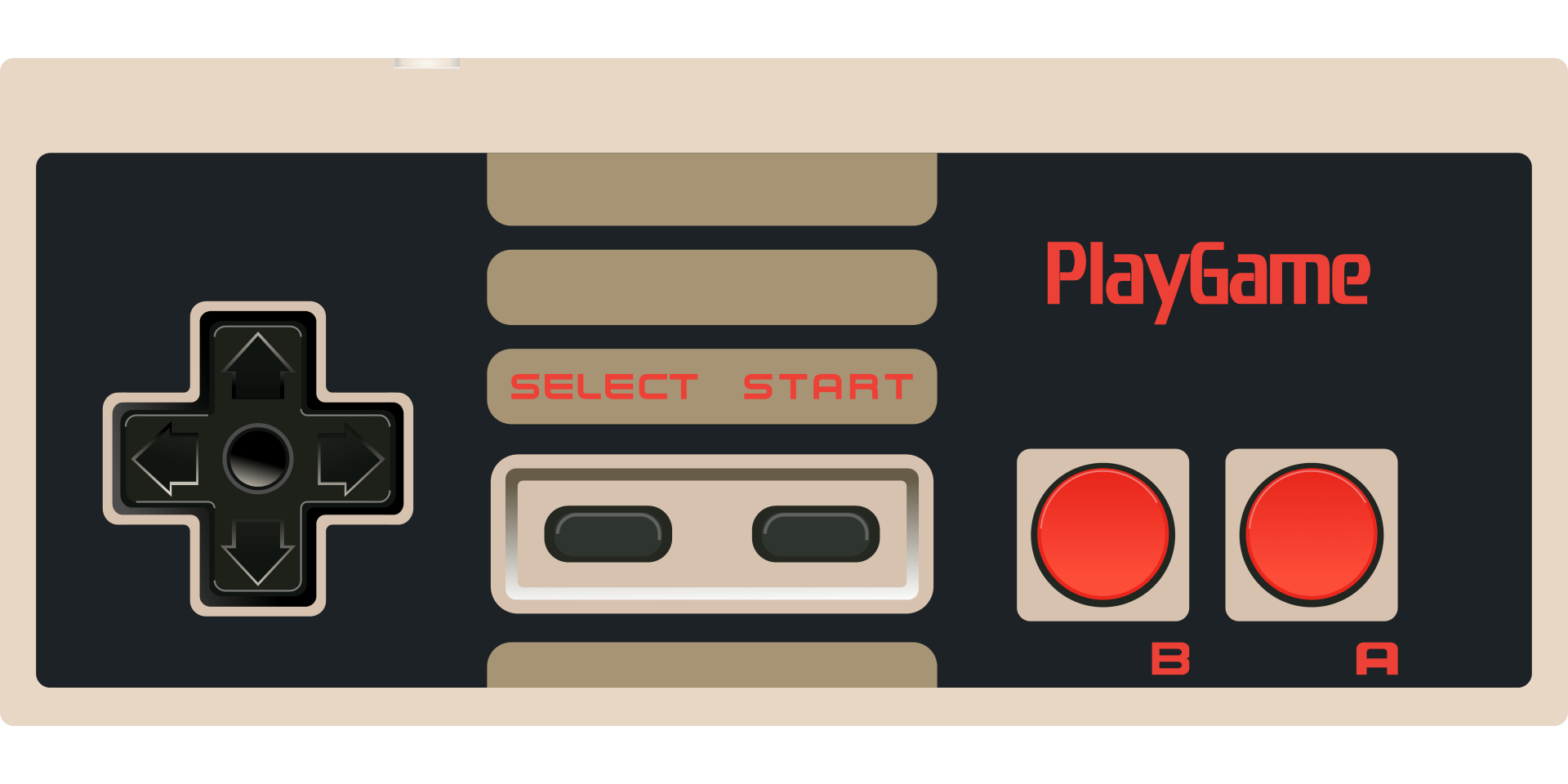Over the year my opinion on the need to love games to be a good gamification designer has fluctuated. In the early days, I was more flexible on the idea. It was all about psychology in a nearly pure form, understand behaviour and use that understanding to encourage the behaviours that you want. The “game” aspect was less important as gamification is not making games!
However, as I work on more and more projects it becomes clear that this is rubbish. Anything beyond the most simple of applications of gamification needs a solid understanding of games. It is not necessary to be a games designer as such, but having a good idea of what makes games work is an essential. If I was not a gamer, I would not be able to do my job at this level! I would have no inspiration for a start. After that, I would have no idea what worked and why. Finally, I would not have the love of play that is so desperately needed in good gamification implementations.
As I look at more and more examples of projects that have been successful, they all fall have more in common with games than with “traditional” gamification. It is rare to find a good case study that relies on a completely non-gamelike experience.
So play games, study games, understand games, read game design books (Art of Game Design and A Theory of Fun especially!), make games and most of all enjoy games!
On a sort of related note, my latest SlideShare of the next set of Core Principles is now available.
Gamification Elements and Mechanics.
Similar Posts:
- Towards Creating an Open Definition of Gamification
- Gamification User Types HEXAD Validation Study
- Gamification: What’s Play Got to do, (Got to do) with it?

Also published on Medium.


I work with instructional designers and instructors and often include a section in my workshops on Purposeful Play where I encourage them to play games and give them some suggestions for how to analyze them and extract ideas they can use, whether or not they are gamifying their courses. In one session, for instance, we took the concept from games that award up to three stars per level completed and turned it into a way of fostering autonomy and competency. Let’s say there were 6 modules in the course with up to 5 “stars” each. Students had to achieve 5 on the first and last modules but were free to focus on the middle 4 modules as they chose as long as they accrued at least 25 “stars” total. Besides, often giving people a taste of the secret sauce of engagement in a good game can give inspire them to kick their learning designs up a notch.
i like that idea 😀
Understanding games is a must! Playing games is an ability! Mixing all together is the right formula to success!
Couldn’t agree more!!